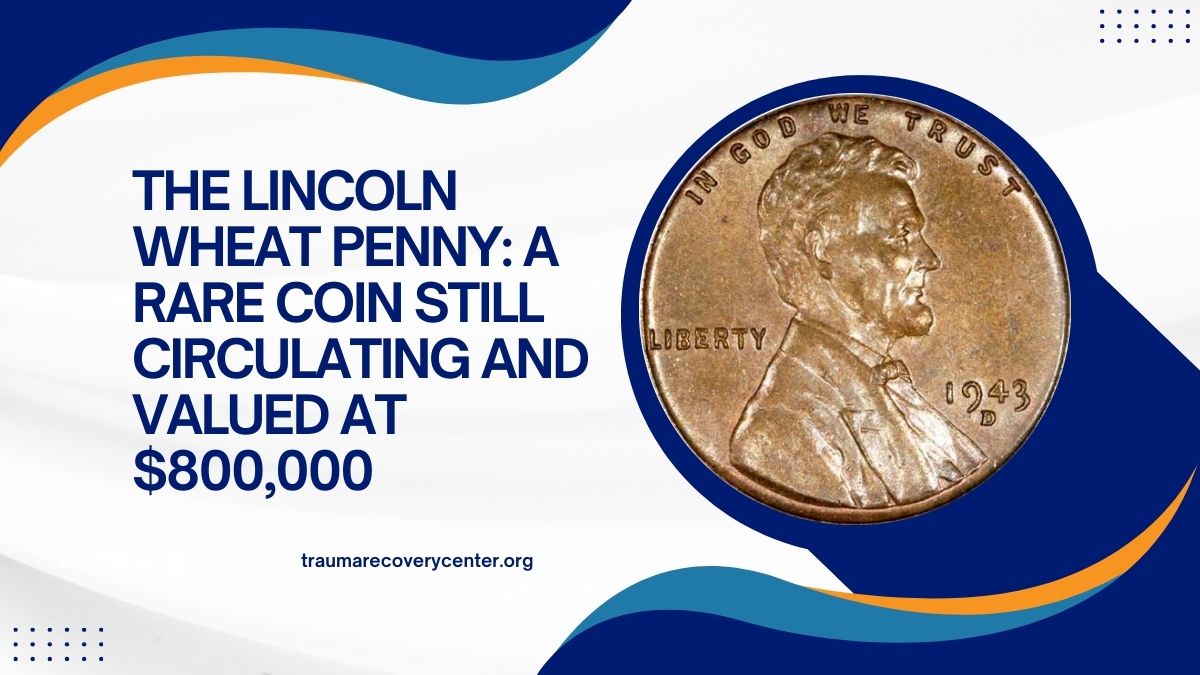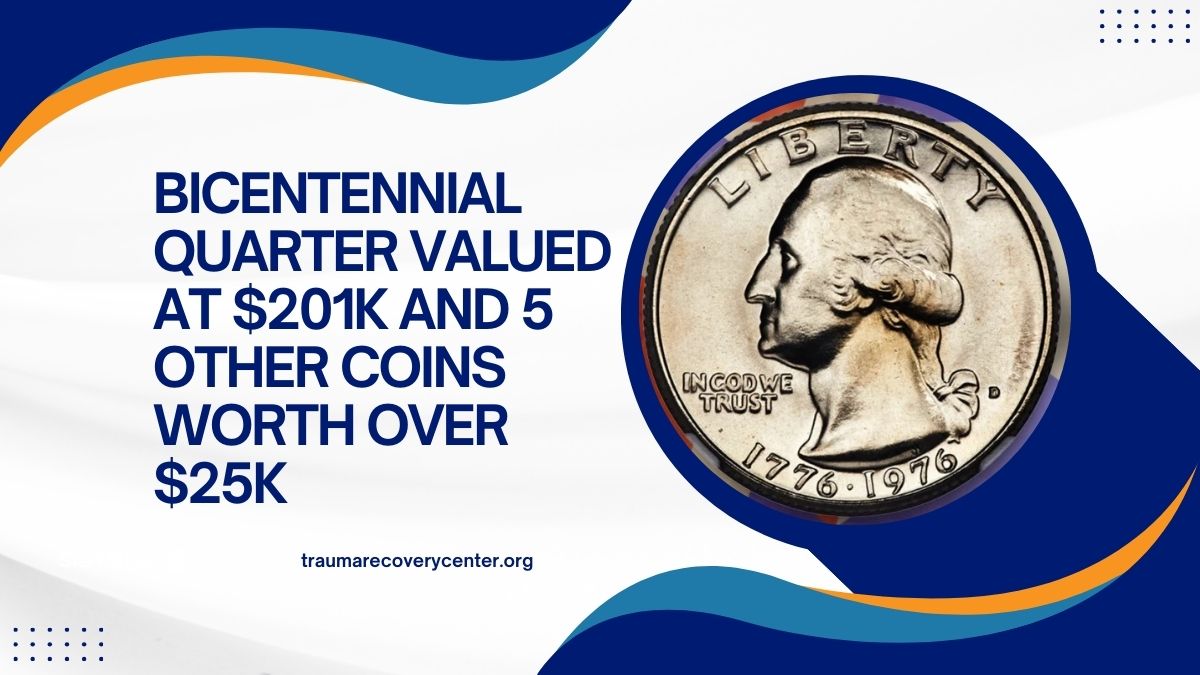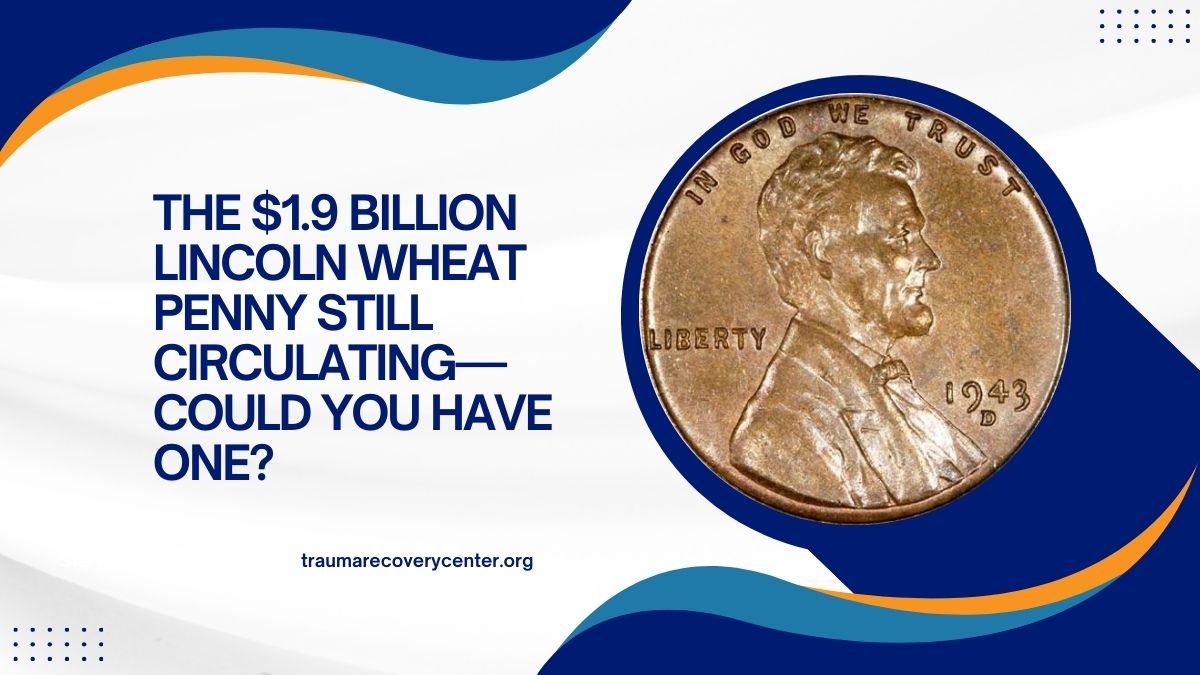The Lincoln Wheat Penny, minted from 1909 to 1958, remains a cherished collectible among numismatists. While many of these pennies are common, certain rare variants can command astonishing prices, with some valued up to $800,000 or more.
A Glimpse into the Lincoln Wheat Penny
Introduced in 1909 to commemorate Abraham Lincoln’s 100th birthday, the Lincoln Wheat Penny was the first U.S. coin to feature a president’s likeness. Designed by Victor David Brenner, the obverse showcases Lincoln’s profile, while the reverse displays two wheat stalks, symbolizing prosperity.
The 1943-D Bronze Wheat Penny: A Wartime Rarity
During World War II, copper was essential for military supplies, leading the U.S. Mint to produce pennies from zinc-coated steel in 1943. However, a few bronze planchets from 1942 were mistakenly used, resulting in the rare 1943 bronze pennies. The 1943-D (Denver Mint) bronze penny is particularly notable, with only one confirmed specimen, making it exceedingly rare and valuable.
Valuation and Auction Records
The scarcity of the 1943-D bronze penny has led to remarkable auction results. In 2010, one such penny fetched $1.7 million at auction, highlighting its immense value to collectors. The coin’s worth can vary based on factors like condition and market demand, with estimates ranging from $800,000 to over $2 million.
Identifying the 1943-D Bronze Penny
To determine if you possess this rare coin, consider the following:
- Date and Mint Mark: Look for the 1943 date with a ‘D’ mint mark below it.
- Material: Unlike the common steel pennies of 1943, the bronze penny will not be attracted to a magnet due to its copper content.
- Weight: A bronze penny weighs approximately 3.11 grams, compared to the 2.7 grams of a steel penny.
Other Valuable Lincoln Wheat Pennies
While the 1943-D bronze penny is among the most valuable, other rare wheat pennies also command high prices:
| Year | Mint Mark | Description | Estimated Value Range |
|---|---|---|---|
| 1909 | S VDB | First-year issue with designer’s initials | $700 – $1,500 |
| 1914 | D | Low mintage | $170 – $200 |
| 1922 | No D | Missing mint mark error | $475 – $520 |
| 1931 | S | Low mintage | $75 – $85 |
| 1955 | None | Doubled die error | $1,000 – $1,100 |
Note: Values are approximate and can vary based on condition and market demand.
Preserving and Evaluating Your Coins
If you believe you have a rare Lincoln Wheat Penny:
- Avoid Cleaning: Cleaning can reduce a coin’s value.
- Professional Grading: Have the coin assessed by a reputable grading service to determine its condition and authenticity.
- Consult Experts: Seek advice from numismatic professionals or reputable dealers for accurate valuation.
The Lincoln Wheat Penny series holds significant historical and monetary value, with certain rare specimens like the 1943-D bronze penny reaching extraordinary prices. Collectors and enthusiasts should remain vigilant, as these hidden treasures might still be found in circulation or personal collections.
FAQs
Why are some Lincoln Wheat Pennies so valuable?
Rarity, historical significance, minting errors, and condition contribute to the high value of certain Lincoln Wheat Pennies.
How can I tell if my 1943 penny is bronze or steel?
A simple magnet test can help: bronze pennies are not magnetic, while steel pennies are. Additionally, bronze pennies weigh about 3.11 grams, whereas steel pennies weigh around 2.7 grams.
What does the ‘D’ mint mark signify?
The ‘D’ mint mark indicates that the coin was minted at the Denver Mint.



